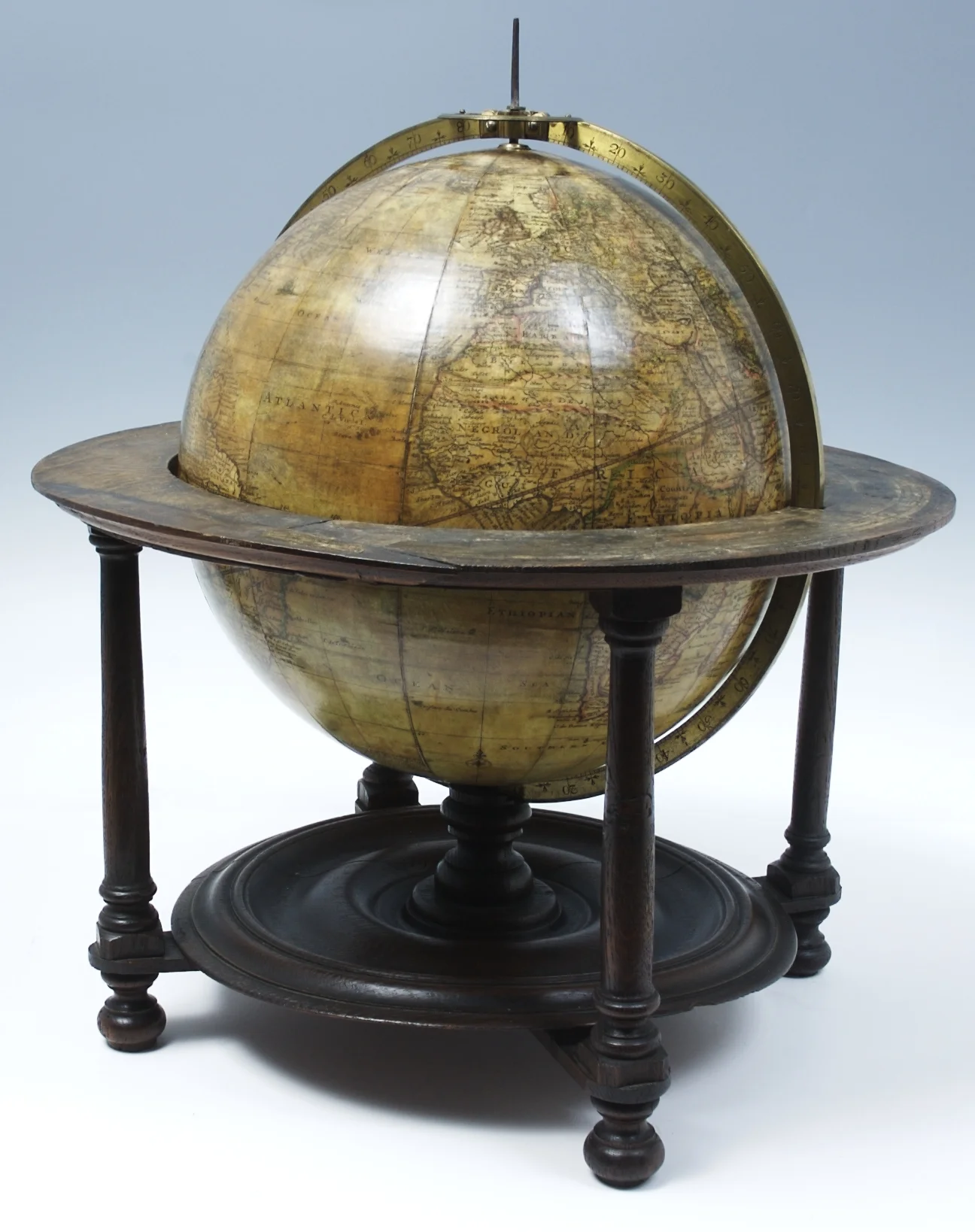Continuous vs Discrete Gears
Gears allow you to change the ratio of the speed of the input to the output, and with it, the power being exerted. By gearing down to a slower speed you can exert more force, like in a carjack where a lot of turns lead to a small amount of movement, but one which is able to carry a car. Whereas in something where you desire speed, but don't need to exert much force like a room fan, the gears tend to go up.
In a car you have a finite number of gears (usually around 5 in the forward direction), you can manually select each gear, or you may have some sort of electronic computer decide for you, but there are ways to design the system so that purely through mechanics you can have the car select the correct gear. All of the conventional methods use differential gears (I explain them in this video) as proxy logic gates, but all of them are picking from a finite number of predefined gears and it may be that the perfect ratio of speed and power was somewhere in between.
Here I introduce the concept of continuous gears; but not just that. These are automatic continuous gears. Take a look at this setup:
The input spins the large disc which has a wheel tracking it. In turn the tracking wheel turns the main shaft which leads to the output. As the shaft spins faster and faster the centrifugal force (I know, you don't have to write in) pulls the parts which were held together with a spring outwards which shortens the shaft. As the shaft shortens the tracking wheel is dragged towards the centre of the big disc which makes it turn slower. As it spins slower the shaft lengthens and it gets faster again: essentially it settles on its perfect speed. By adding resistance to the output, by going up a hill if it was connected to a wheel in a car for instance the shaft will automatically adjust its length so that it gets to the perfect gear ratio.







